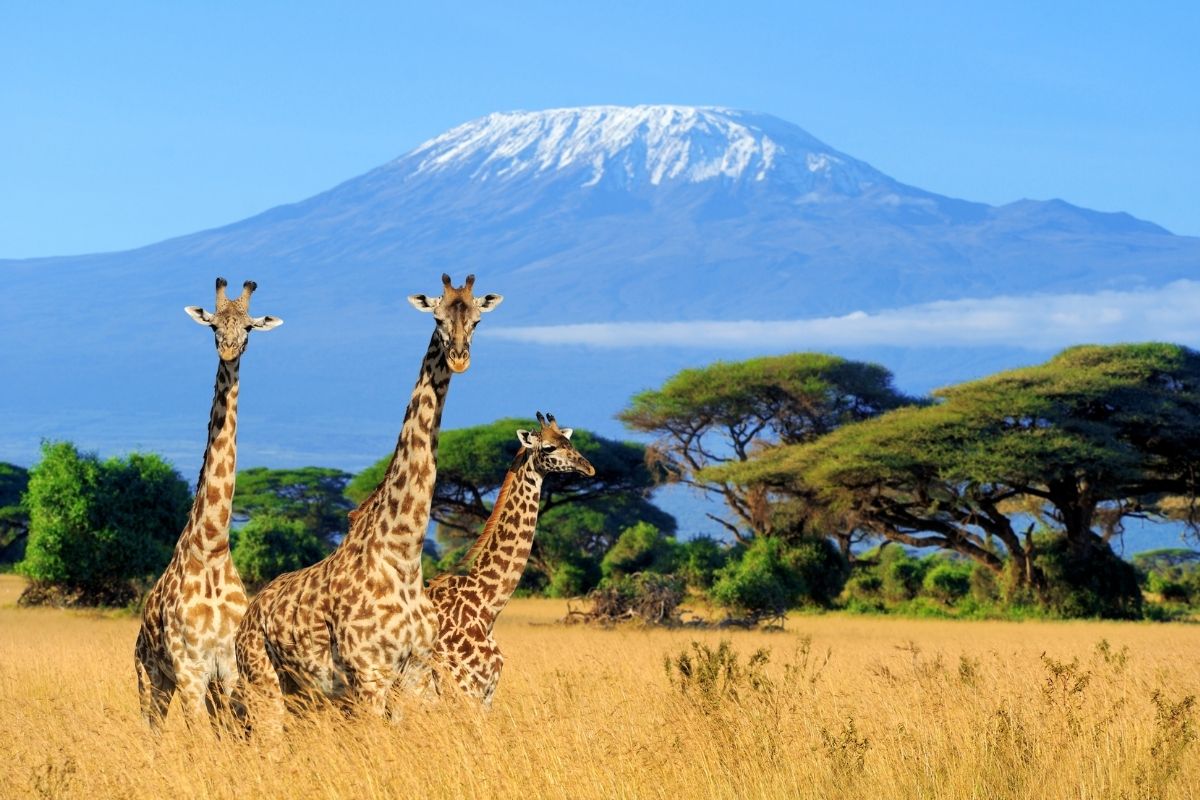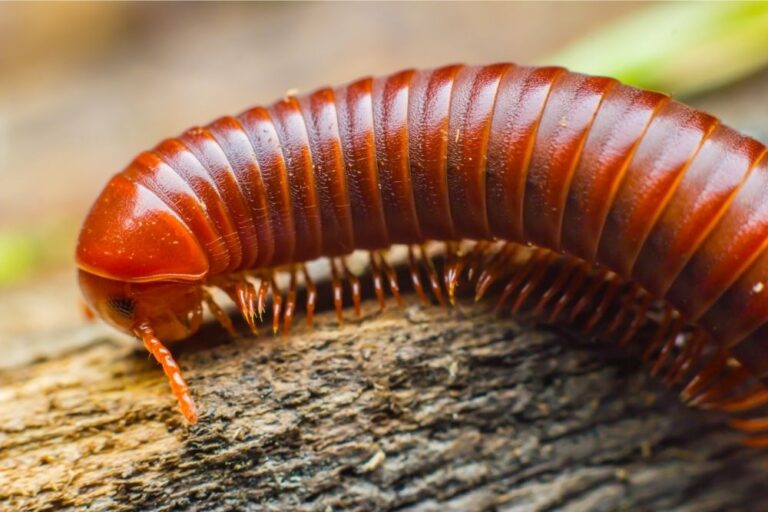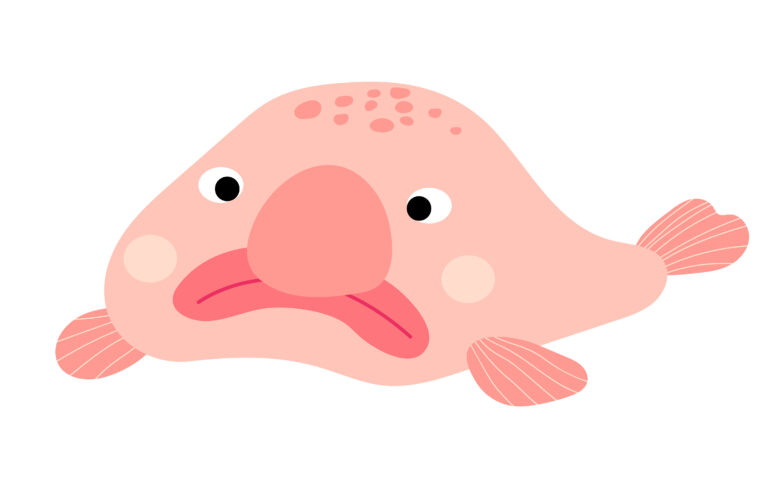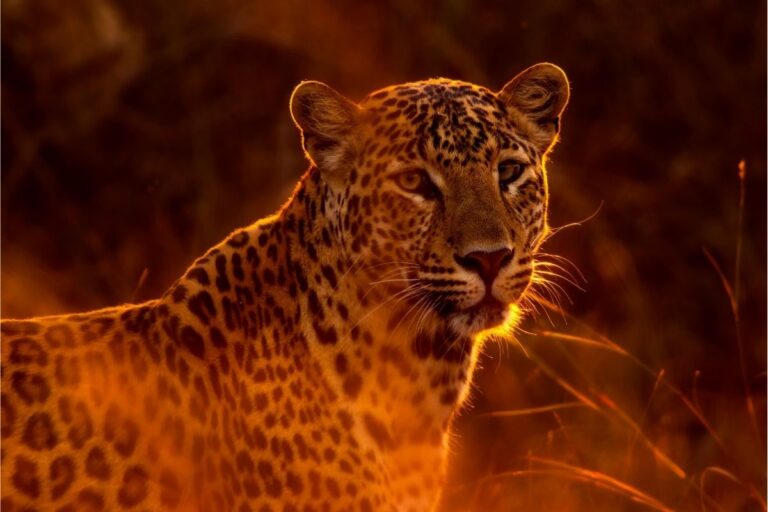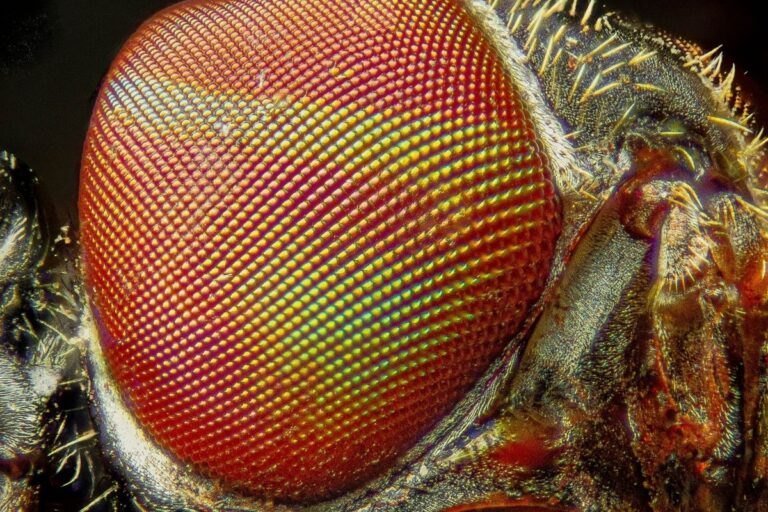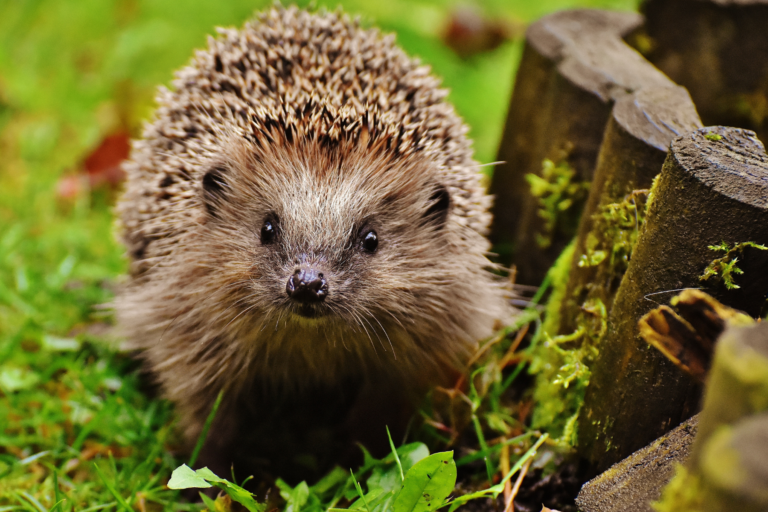25 Interesting Animal Facts About Giraffes
Last Updated on February 8, 2022 by
Giraffes are such interesting animals. Their distinctive features, like their long necks, are truly one of a kind – they are one of the most striking animals in the world!
However, because their physical features are so unique and unforgettable, it can be easy to forget that there are other fun facts to learn about them. For example, have you thought about why their necks are so long? Or how do they go to sleep?
If you are after an exploration into why giraffes and towers go hand in hand, how giraffes use their necks in innovative ways, and why we as humans have so much in common with the giraffe – then carry on reading to find out 25 amazingly interesting facts about this beautiful creature!
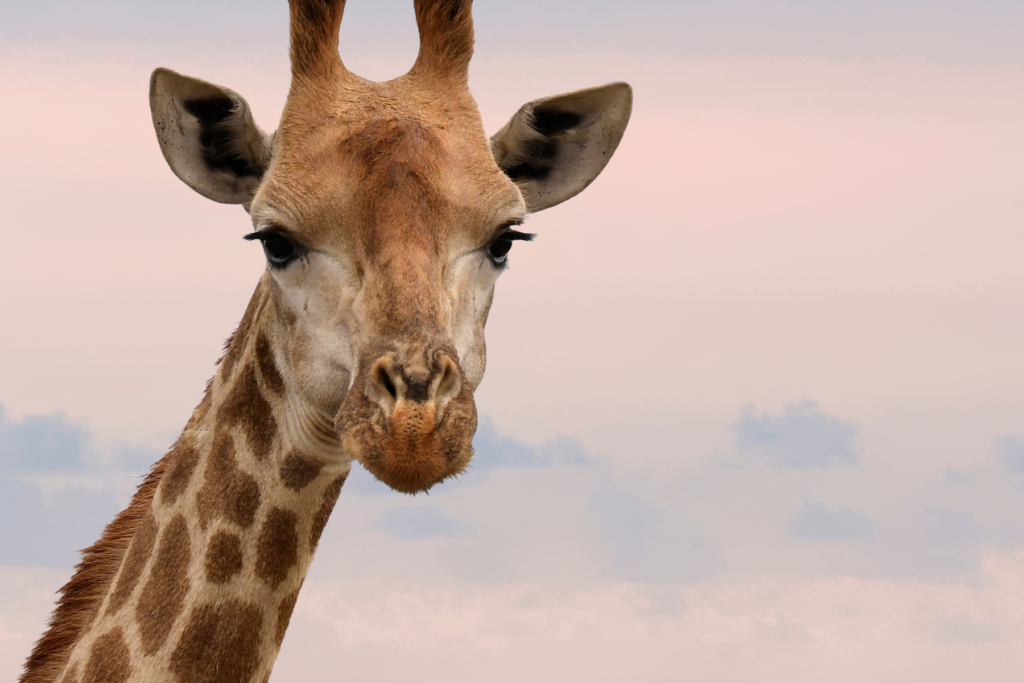
Top 15 Interesting Facts About Giraffes
Fact 1: Giraffes Spend Most (If Not All) Of Their Time Standing Up
They even have their naps standing up, where the heads will be tilted forward slightly. This is the only way to work out whether they are awake or asleep!
It is said that they spend so much time standing up because they evolved to be aware of their surroundings, with so many carnivorous animals around.
Because it can take a long time for them to lie down and get up quickly, it is easier for them to rest in a standing position where they can move at a moment’s notice.
Fact 2: Giraffes Are The Tallest Mammals On Earth
Even a giraffe’s legs are taller than a huge number of the human population – they’re around 6 feet!
An adult giraffe’s full height ranges between 16 and 20 feet, which is taller than a double-decker bus.
The only other mammal to get anywhere near the giraffe in height is the African Bush Elephant, which is just over 10 feet.
Fact 3: Giraffes Always Roam Around In Groups Called ‘Towers’
These towers normally have around 10 to 20 giraffes per group, and these are typically led by an adult male giraffe.
This is believed to have stemmed from the fact that giraffes have long necks, so a collective noun was chosen that represents something tall and thin.
Giraffes stay in packs as they can be quite easily hunted in the wild, so they are safer in large numbers.
Fact 4: There Are A Number Of Giraffe Species
These four species are called: The Masai, Reticulated giraffes, Northern, and Southern. While there are different categories, they are all still native to Africa – just different parts of Africa.
The Northern and Southern giraffes are from the North and South respectively, and The Masai and Reticulated giraffes are situated in East Africa.
Fact 5: Giraffes Will Use Their Head As A Weapon In A Fight
The ‘bulls’ (male giraffes) will fight with their heads and necks in a test to prove who is the strongest giraffe.
However, they never get too violent or dangerous, it is simply a way of establishing dominance over one another – when a bull knows they have lost the fight, they will walk away immediately.
The term for this is ‘necking’.
Fact 6: Giraffes Don’t Actually Have Horns
The horn-shaped parts of a giraffe’s head are actually called ossicones.
They are made from cartilage that has been hardened into bone (the process of which is called ossified which is where the name comes from).
These ossicones are then covered in skin and tufts of hair. However, the male giraffes will often lose the hair on the top of their ossicones from the necking (see Fact 5)!
Fact 7: Giraffes Have Incredibly Long Tongues
The average length of a giraffe’s tongue is 21 inches, which is around a third of the length of their long legs.
These tongues are also prehensile, which means that they can grip things like human fingers can.
Giraffes use this ability to pluck stubborn leaves from branches!
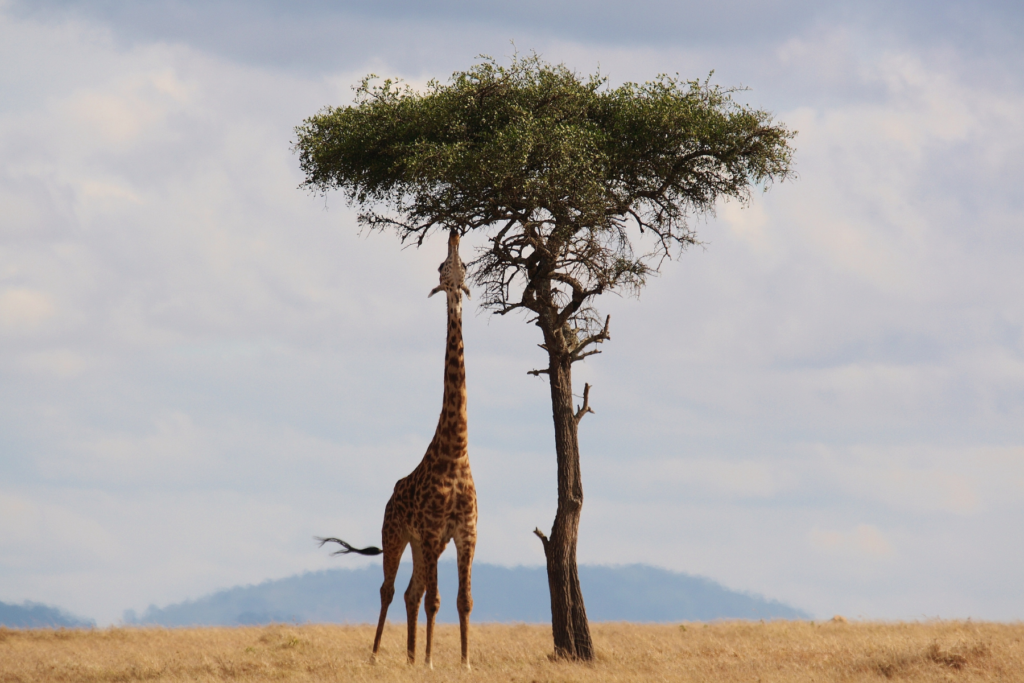
Fact 8: Giraffes Have The Same Number Of Bones In Their Neck As A Human
While the giraffe’s neck can measure up to 8 feet long, which is an enormous weight of around 600 pounds, they still only have seven vertebrae in their neck.
The difference between our neck bones and a giraffe is that their vertebrae can grow up to around 10 inches long, which ours can’t.
Other than the length of the bones, we can still say that our necks are the same as a giraffe neck!
Fact 9: Giraffes Don’t Need Much Sleep At All
In fact, they only need up to half an hour of sleep in one 24 hour day.
However, it is also said that they can sleep for up to 5 hours a day when they are kept in captivity, rather than when they are loose in the wild.
It is assumed that giraffes have such short sleeping cycles because they had to be aware of the risks of living in the wild.
So, they only take a tiny amount of sleep to keep an eye out for predators the rest of the time!
Fact 10: Giraffe Calves Can Walk An Hour After Being Born
A calf will have a difficult birth, and a rude awakening – when they drop around 6 feet to the ground after being born from their mother’s womb.
However, this won’t phase the baby giraffe in the slightest! They will try and stand up immediately, and they should be able to take their first baby steps within an hour of their birth.
As well as this, within a week, this calf will start to eat solid food (vegetation).
Fact 11: No Two Giraffes Have Exactly The Same Patterns On Their Body
Similar to how no two humans have the same thumbprint and it is impossible for two snowflakes to have the same crystal construction, a giraffe’s marking will always be completely unique from any other giraffe.
However, the different species of giraffe (mentioned in Fact 4) will have some similar, distinctive patterns. These similar markings make it easy to identify which giraffes are from which species.
Fact 12: Giraffes Don’t Need To Drink Much Water At All
Part of the reason for this is that they get a huge amount of water from all of the plants they eat.
However, drinking water is also a very dangerous task for a giraffe!
Because their necks are too long to reach the ground, they have to spread their legs and lower their necks to reach water on the floor.
This puts them in a vulnerable position that they struggle to get out of, so it is quite fortunate that they only need water every few days.
Fact 13: The Average Weight Of A Giraffe’s Heart Is 11 Kilograms
This is because they need a huge amount of muscle to pump the blood up the length of their necks! So, their hearts have incredibly thick muscle walls.
Interestingly, scientists have worked out that for every 15cm of a giraffe’s neck length, the heart’s ventricle wall will add another 0.5cm to the thickness of the wall.
This ensures that the heart will definitely have the exact right amount of muscle to keep the giraffe alive!
Fact 14: Once A Giraffe Becomes Pregnant, It Will Carry That Baby For 15 Months
While this isn’t as long as an elephant’s gestation period (which lasts nearly two years!), 15 months is still one of the longest pregnancies for a mammal.
This is such a long gestation period because the calf has to be well-developed when it leaves the womb – which is why it can stand up and walk around within an hour.
This is necessary because it allows the mother and the baby giraffes to immediately get moving in the wild, and they don’t have to worry about predators.
Fact 15: Giraffes Make Very Few Noises, But The One They Consistently Make Is A Humming Sound
It used to be believed that giraffes couldn’t make any noises. However, it turns out they can – but these noises are at such a low register that they are extremely difficult to be heard by the human ear.
As well as this, they have a very small windpipe and limited lung capacity, so it is difficult for them to physically make sounds, which is why they often choose not to!
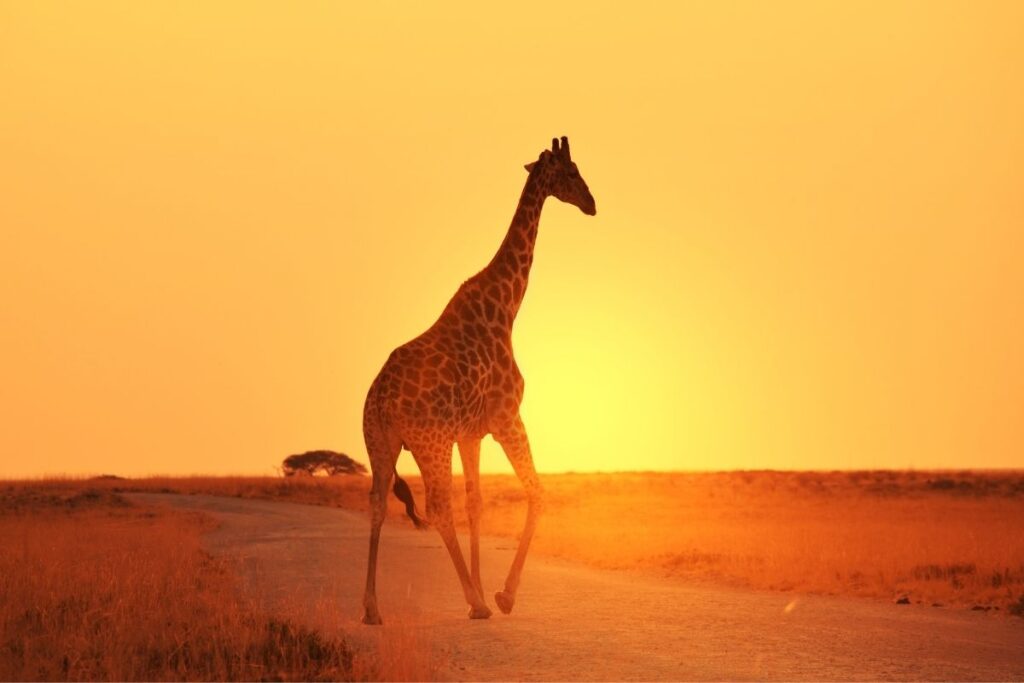
Weird Facts About Giraffes
- A newborn giraffe is taller than most humans – they are 6 feet tall when they are born!
- The giraffe’s scientific name is ‘Camelopardalis’, which translates to camel leopard (this is because of their stature, and their markings).
- Giraffes have 12-inch hooves that are incredibly sharp and dangerous – and are capable of killing predators.
- A giraffe owns the longest tail out of all mammals that live on the land – they can grow up to 8 feet in length!
- Female and male giraffes will always eat from opposite sides of the same strength, as this eliminates the risk of creating competition between the two genders.
Facts About Giraffes For Kids
- Giraffes are able to run up to speeds of 35 miles per hour!
- They are capable of eating up to 75 pounds of leaves in a day, as this is also their main water source.
- Giraffes have incredibly long eyelashes because it helps to keep sand out of their eyes when they are in desert-like environments.
- The tall animals evolved to grow their long neck so that they could keep an eye out for predators in the surrounding area and to reach and eat the leaves from tall tree branches.
- A giraffe’s favorite food is Acacia leaves and twigs, but they also love fruits and flowers!
To Sum Up
So, we have learned that giraffes have incredibly strong babies that can almost immediately walk when they come out of the womb, they are very sociable beings that like to explore the wild in ‘towers’, and they have (almost) the same necks as humans!

